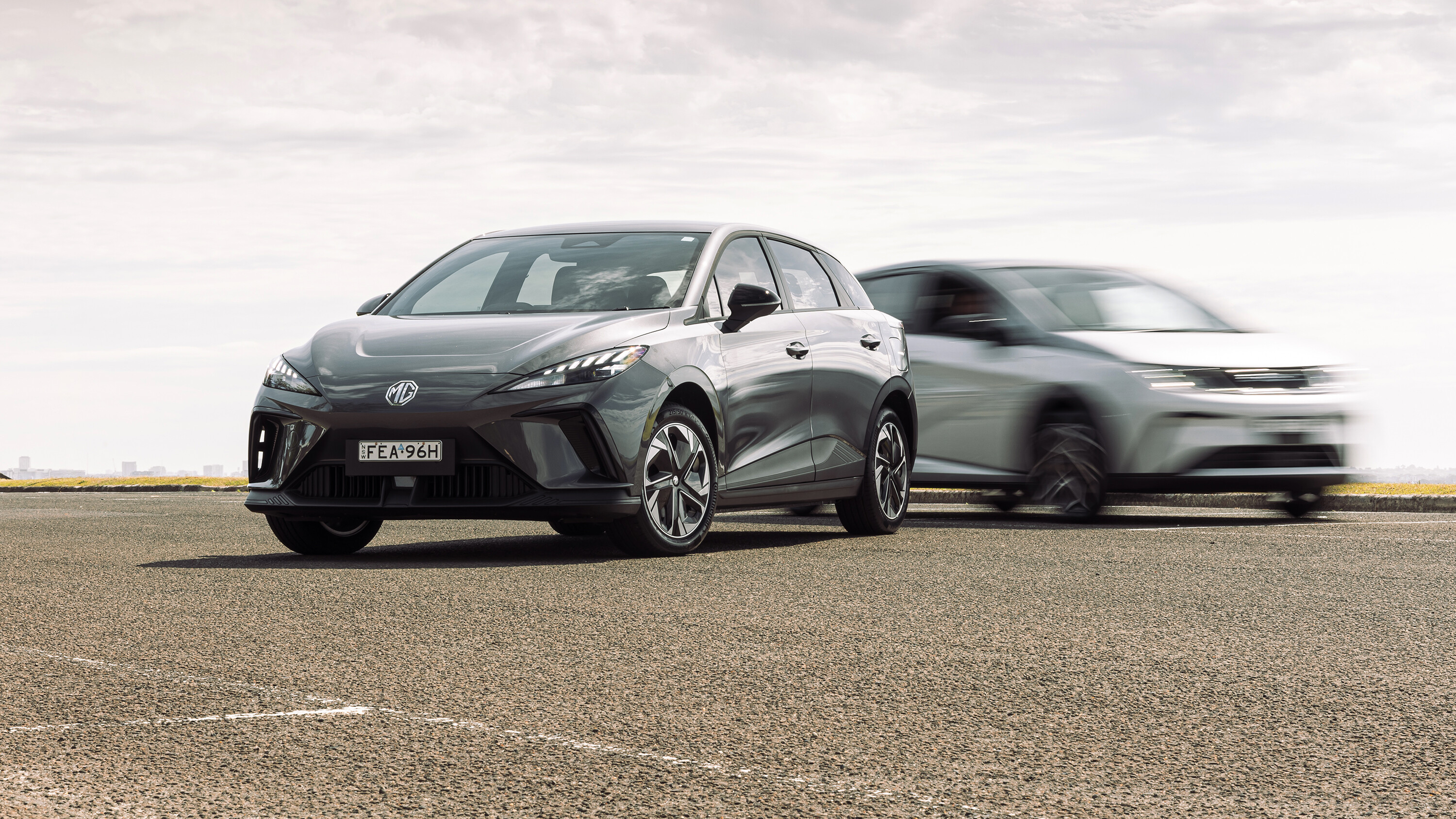
Snapshot
- New Vehicle Efficiency Standards edge closer to being finished
- Expected to come into effect from 1 January 2025
- Standards will apply to sales of new passenger and light commercial vehicles
The federal government has narrowed down proposals for its New Vehicle Efficiency Standard (NVES) aimed at improving the choice of efficient vehicles and cutting emissions in Australia.
Details are not yet finalised, but the Albanese government’s preferred plan follows the lead of federal United States policy – and aims to catch up by 2028. The government claims that the average vehicle sold in the US is already 20 per cent more fuel efficient than that of Australia.
The proposed standard will apply to sales of new passenger and light commercial vehicles and, similar to Europe’s arrangement, manufacturers will have to balance emissions across the range, meaning the sale of a Yaris hybrid may offset a polluting LandCruiser, in Toyota’s case.
The NVES is expected to come into effect from 1 January 2025. The second round of consultation is open now and feedback will be accepted until 11:59 pm on 4 March 2024 [↗].
“A fuel efficiency standard will benefit all Australians – no matter what type of new car they are buying”
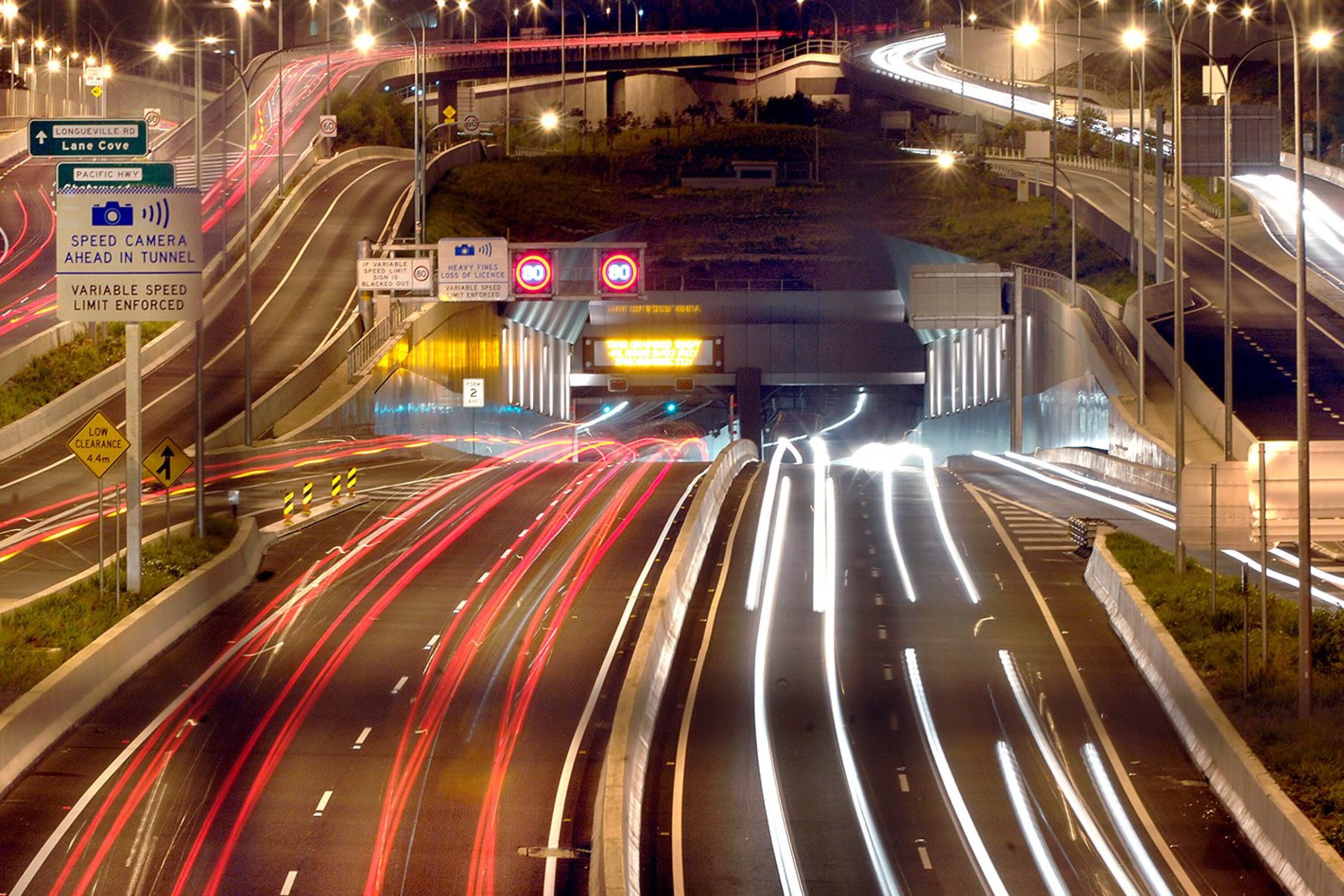
According to the government, the NVES should improve choice, lower transport emissions by a lofty 60 per cent over five years, and reduce individual’s fuel costs by up to $1000 per year.
The government seems particularly interested in US legislation and has not mentioned New Zealand’s Clean Car Discount – colloquially known as the ‘ute tax’ – or Europe’s controversial move to ban sales of combustion-engined vehicles by 2035.
However, the latest US policy (announced in March 2023) is less concerned with overall CO2 emissions, and more interested in rare earth mineral sourcing as well as bringing manufacturers to its shores by offering cash incentives for locally-assembled efficient vehicles, something that’s entirely irrelevant to Australia.
Still, the sentiment to incentivise manufacturers to sell less polluting cars such as electric vehicles, efficient petrol and diesel models, and hybrids, has been generally welcomed by the industry.
“Because of a lack of action on an efficiency standard, Australian families are paying around $1000 a year more than they need to be for their annual fuel bill”, said the minister for climate change and energy Chris Bowen.
“We’re giving Australians more choice to spend less on petrol, by catching up with the US – this will save Australian motorists $100bn in fuel costs to 2050.
“This is about ensuring Australian families and businesses can choose the latest and most efficient cars and utes, whether they’re petrol and diesel engines, or hybrid, or electric”, he said.
“The standard increases choice. It doesn’t dictate what sort of car or ute people can buy, but will mean you have a wider range of modern and cheaper to run vehicles”, said minister for infrastructure, transport, regional development and local government Catherine King.
“As you make the choice about your next car, it’s only fair you have the widest range of options possible to get the car that is right for you and right for your hip pocket”, she said.
“We are concerned that this policy goes too far too fast and that consumers will be the big losers, as will the local automotive businesses”

The industry reacts
One of the most vocal supporters of a progressive fuel efficiency standard is the EV Council’s chief executive Behyad Jafari.
“Because previous federal governments failed to introduce New Vehicle Efficiency Standards, some car manufacturers have treated Australia as a dumping ground for their most inefficient models”, he said.
“This announcement from the federal government, when legislated, will give Australians a greater choice for the cars they want and put money back in their pockets through lower fuel bills.
“By bringing Australia into line with the US and Europe, car manufacturers will now be incentivised to offer Australians their best zero and low emission vehicles. Motorists will still have the choice to buy what they want, but they will be offered much better options to choose from.”
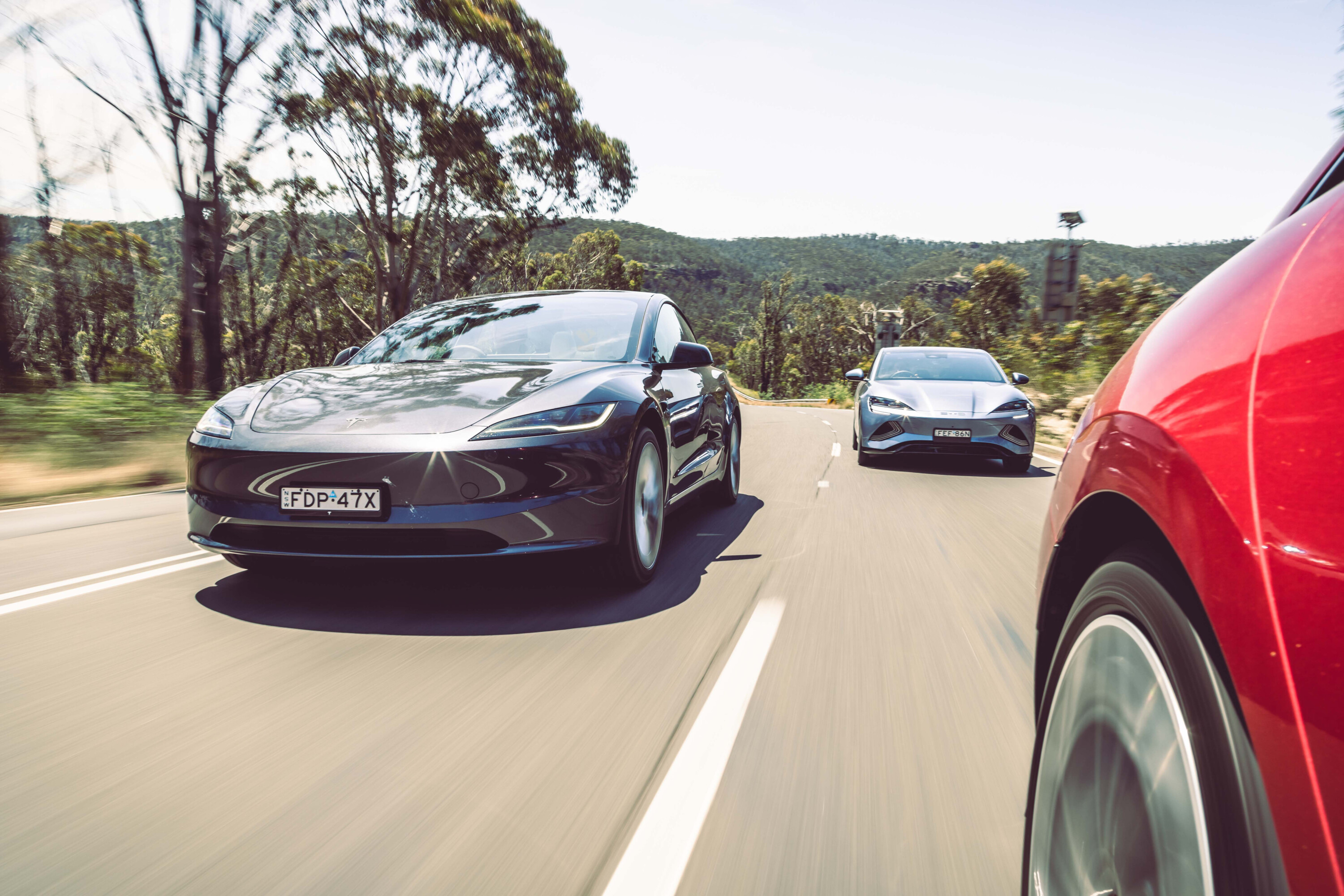
Not all received the news so positively, with Federal Chamber of Automobile Industries chief executive Tony Weber questioning the achievability of the government’s proposed standards.
“On the surface, the targets seeking a 60 per cent improvement in emissions are very ambitious, and it will be a challenge to see if they are achievable taking into account the total cost of ownership.
“The preferred option suggests that Australia considers adopting the type of targets that are currently in place in the United States. The targets in that country are supported by significant financial incentives yet the discussion paper makes no reference to any additional incentives to support the uptake of low emission vehicles.
“There is a great deal of further analysis to do and we look forward to continuing to work with the Government on the development of a standard that is right for Australia and supports Australian consumers”, added Mr Weber. His concerns were echoed by Australian Automotive Dealer Assosciation (AADA) CEO James Voortman, who thinks the changes happening are “too far, too fast”.
“On the surface this is an incredibly ambitious target which will be difficult to achieve especially for utes and large SUVs… This could have consequences for affordability and vehicle choice,” he said.
“Other countries have reduced new vehicle emissions over a much longer time frame, with credits built into their standards. They have also offered generous incentives universally available for consumers to buy low emissions vehicles – the Government’s preferred option could not be more different.
“We are concerned that this policy goes too far too fast and that consumers will be the big losers, as will the local automotive businesses… We will study this impact statement to understand the findings and consult with our members, Australia’s more than 3,000 new car Dealers.”

Meanwhile, the Climate Council has encouraged the government to do as much as possible to clean up Australia’s transport.
“Today’s important announcement gets us off the starter’s grid and on the road to cheaper, cleaner transport.
“Many Australians are doing it tough right now, with petrol one of the expenses causing the most financial stress for households. At the same time, pollution from inefficient petrol-guzzling cars is fuelling harmful climate change”, said CEO Amanda Mackenzie.
“A fuel efficiency standard will benefit all Australians – no matter what type of new car they are buying.
“Aussie drivers who have long commutes from our suburbs and regions are hurt the most by high and rising petrol bills. This means they’ll also see the biggest benefits from getting access to a wider range of affordable lower and zero emissions vehicles that are cheaper to run”, said climate councillor and energy expert Greg Bourne.
We recommend
-
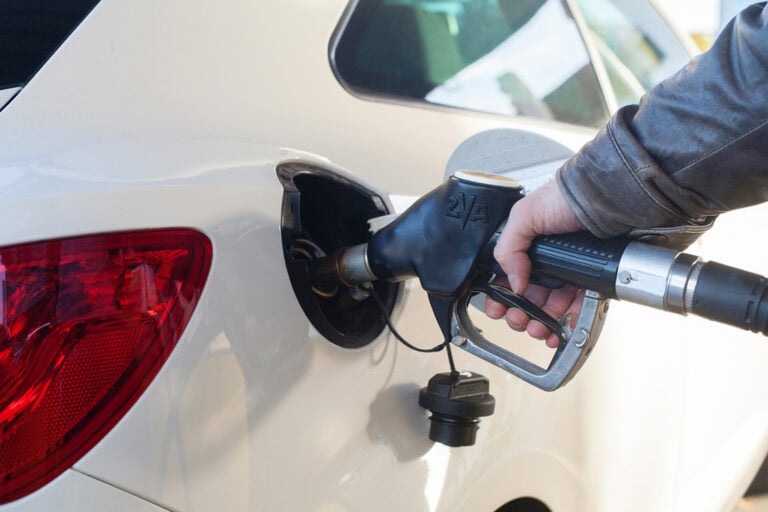 News
NewsAustralia commits to fuel efficiency standards: Details & industry response
The government’s latest consultation paper confirms a new vehicle carbon emissions mandate will be legislated, but time’s still needed
-
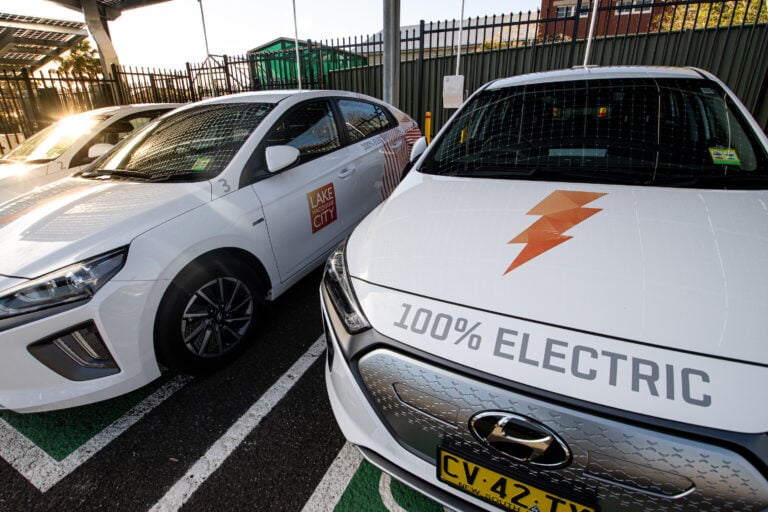 News
NewsAustralian fuel efficiency standards: 120 city leaders call for strong action
Australian council-elected representatives have signed a petition to urge the federal government to boost the local EV market
-
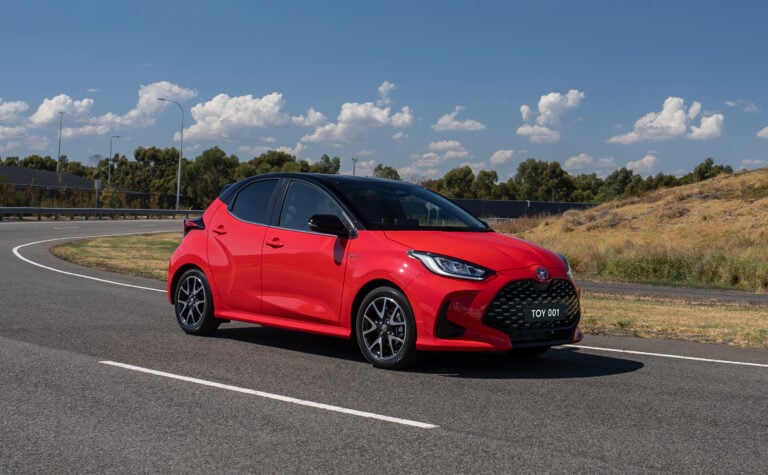 News
NewsAustralia's most fuel-efficient cars in 2024: Petrol, diesel and hybrid
Here's every car without a plug, on sale now, that sips five litres per 100km – or less




